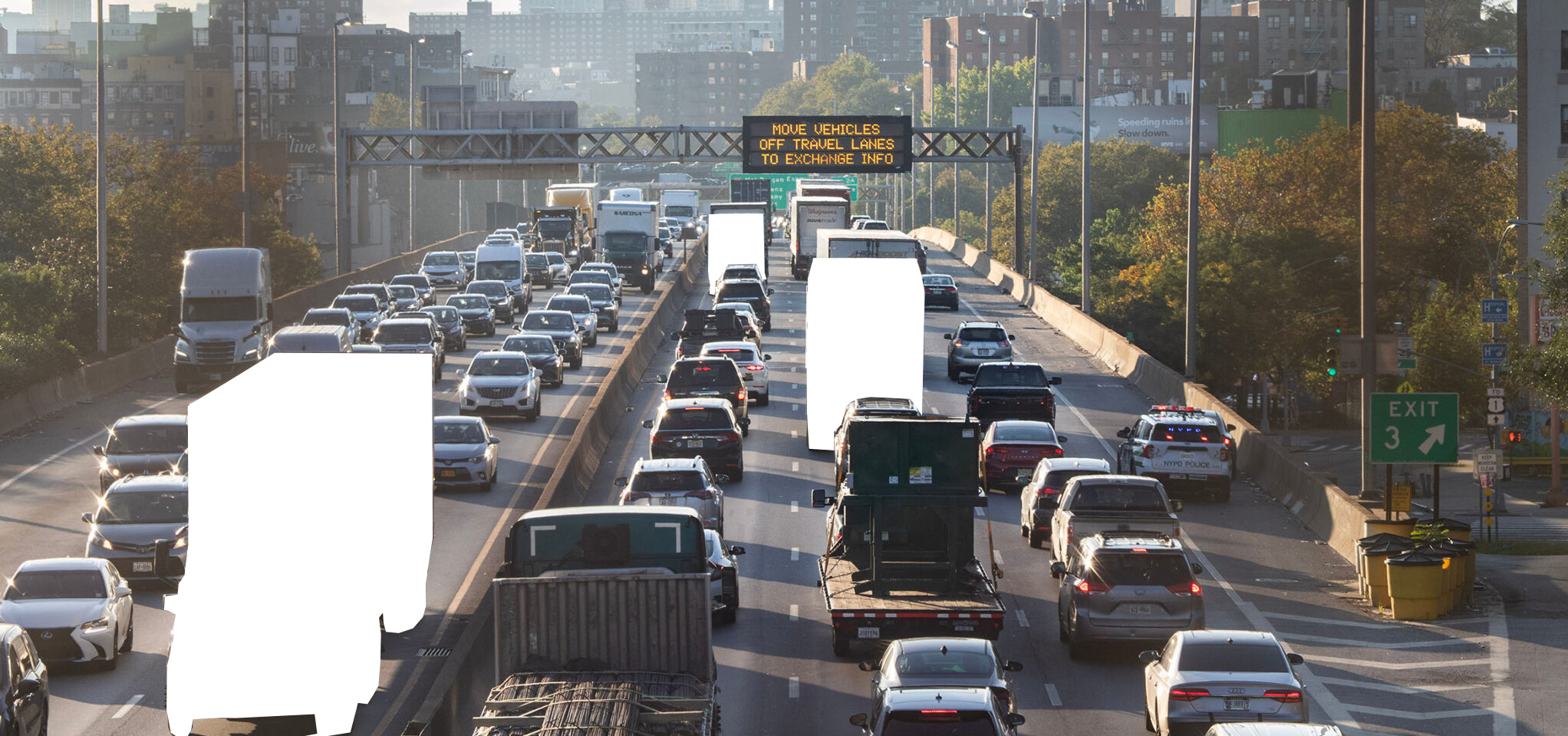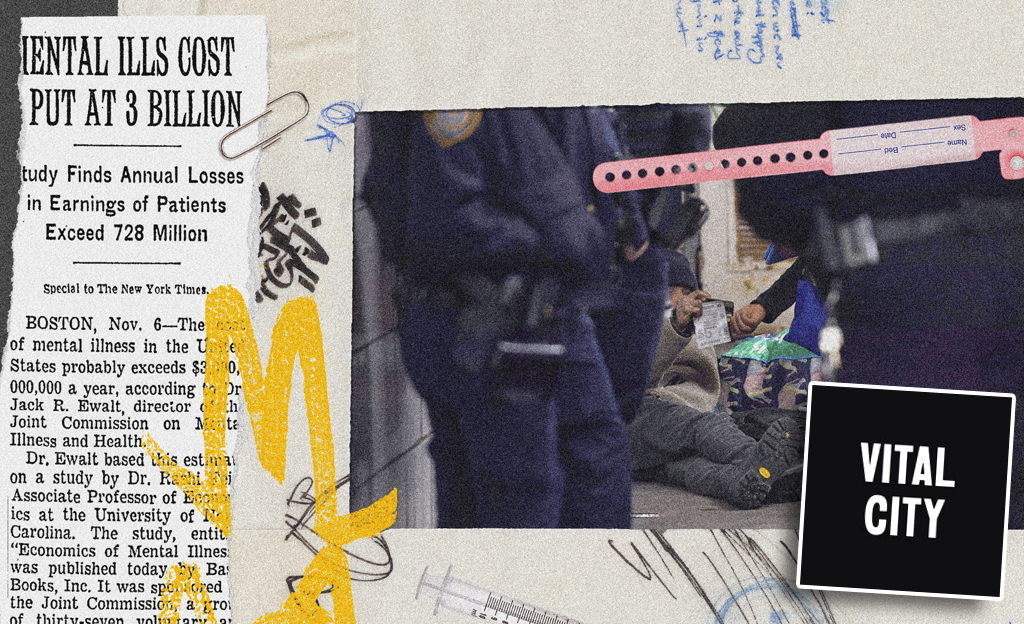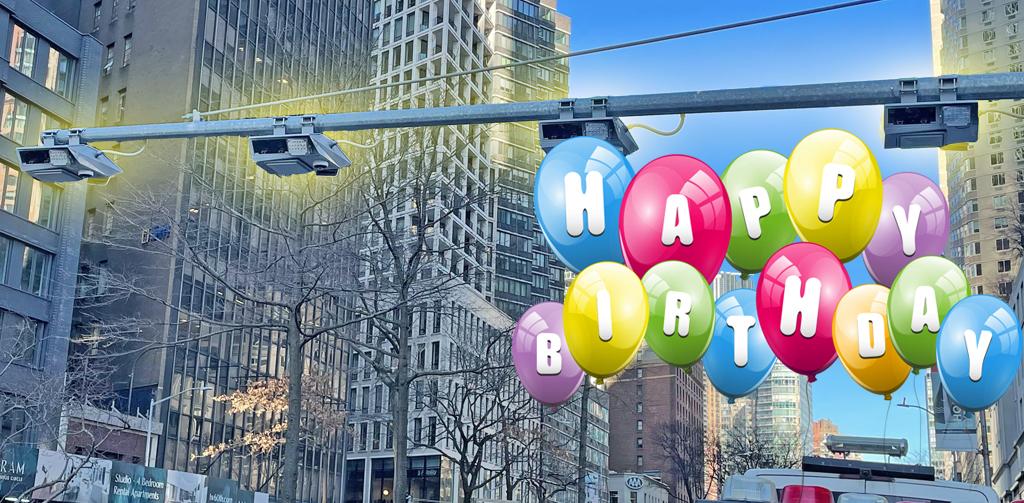 The Boston Globe serves up a smorgasbord of livable streets storylines in this gripping read, "The Future of Crossing the Street." An overview of Boston's evolving transportation scene, the piece starts with a look at the "shared space" philosophy of Hans Monderman, the pioneering Dutch traffic engineer who designed intersections with minimal controls, signals and boundaries.
The Boston Globe serves up a smorgasbord of livable streets storylines in this gripping read, "The Future of Crossing the Street." An overview of Boston's evolving transportation scene, the piece starts with a look at the "shared space" philosophy of Hans Monderman, the pioneering Dutch traffic engineer who designed intersections with minimal controls, signals and boundaries.
Reporter Billy Baker captures the tension between making pedestrians conform to current street designs and adapting streets to put walking and other modes on more equal footing with driving. Here's how the situation looks to Boston transportation commish Thomas Tinlin:
The transportation department has a secure roominside City Hall known as the Traffic Management Center. It looks a bitlike the war room in a Hollywood movie. Eight large screens and severalsmaller ones show real-time video of different intersections, andcomputer screens display the city's signal maps. A technician sits at adesk monitoring the ant farm, ready to make traffic-light adjustments.But fixing one intersection could create gridlock in the next.Everything they do, Tinlin says, is a trade-off . "Transportationcommissioners of the past have always been about 'move the car, movethe car.' The world is so different now. It's cars and bikes andwheelchairs."
The new reality, however, is still playing outinside an old reality. Greater Boston is artery-heavy; its mainpedestrian streets are often choked with vehicles. Shared Space,Tinlin's engineers point out, is not designed for heavily traffickedstreets. And tearing up and rebuilding the city is not realistic.Instead, there are many retrofits that are coming into vogue andappearing in a few nearby cities and towns to calm traffic and make thepedestrian safer.
A big one is to install things like bump-outs, bulb-outs, and curbextensions... They bring the sidewalk out past the parked cars,closer to the edge of the travel lane, put the pedestrian into thesightlines of drivers, and shorten the distance the pedestrian has tocross to the other side of the street. These extended sidewalks canalso improve bus stops. Because the curb comes out to the travel lane,it eliminates the need for a 90-foot bus stop (which can actually add aparking space or two), makes the on/off safer and easier, and keeps thebus from having to fight its way back onto the street -- improvingservice and reliability and, advocates believe, encouraging more peopleto use mass transit, which they view as a huge component for making theentire system better. Of course, moving out bus stops means cars haveless chance to pass a slower-moving bus, but advocates say you need toconsider the fact that there could be more people on that bus than inthe cars behind it, and the best way to balance the system is toconsider how many people you move, not how many vehicles.
Anotherretrofit in wide use is the raised crosswalk, which brings thecrosswalk level with the sidewalk and forces the car to have to come uponto the pedestrian's space, instead of the pedestrian having to stepdown onto the vehicle's territory (it also functions as a speed bump).
The full story is well worth the read, and another recent Globe article, on Boston's first bike lanes, makes for a good companion piece.
Photo: NYCviaRachel/Flickr





